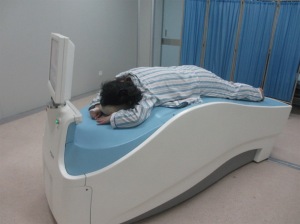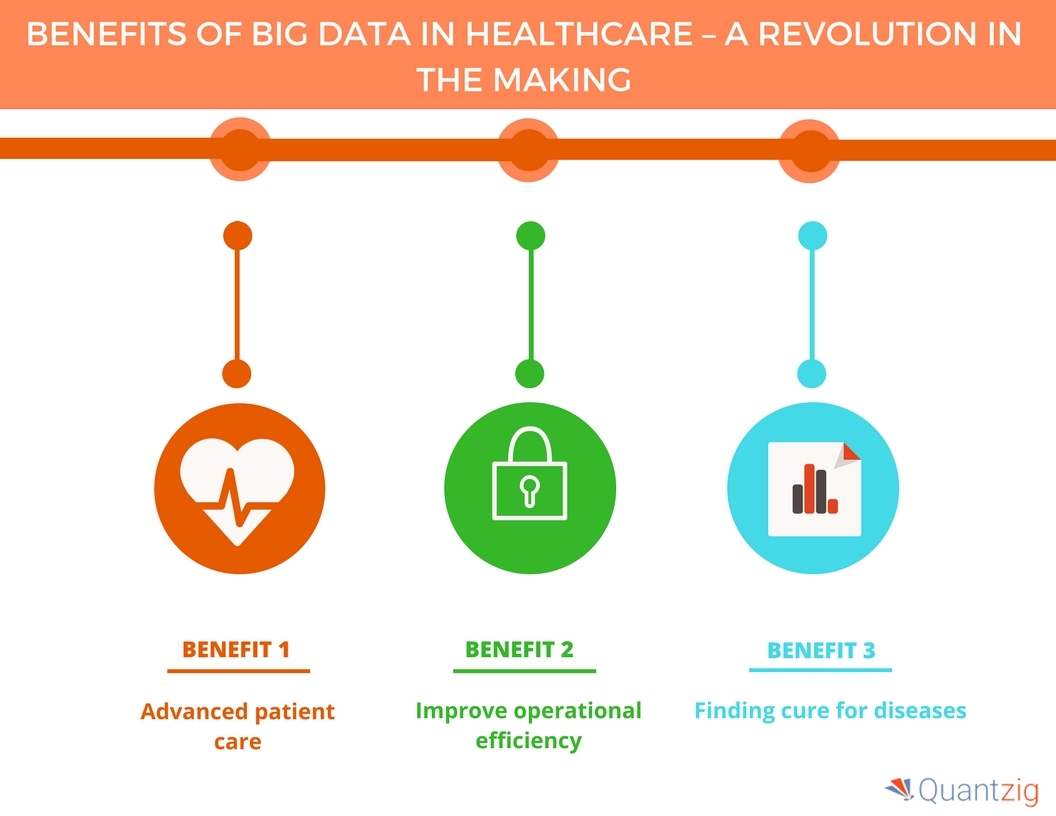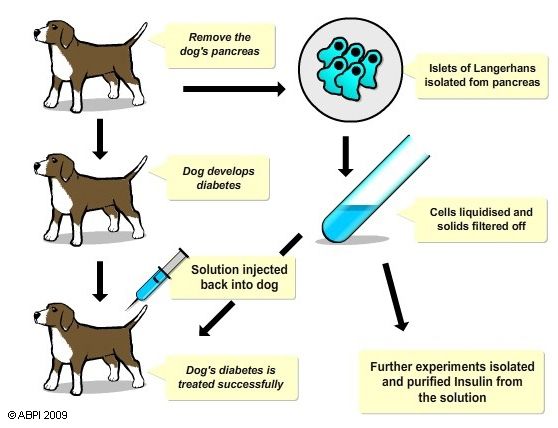 Mammography systems are medical imaging devices used to screen and diagnose breast cancer. These systems use low-dose X-rays to produce images of the breast tissue, which are then examined for signs of cancer or other abnormalities.
Mammography systems are medical imaging devices used to screen and diagnose breast cancer. These systems use low-dose X-rays to produce images of the breast tissue, which are then examined for signs of cancer or other abnormalities.
There are two main types of mammography systems: analog and digital. Analog mammography systems use X-ray film to produce images, while digital mammography systems use digital detectors to capture and store the images. Digital mammography systems may be further categorized as 2D or 3D (also known as tomosynthesis) based on the type of imaging technology used. The global mammography systems market size was valued at $2,246.1 million in 2020, and is projected to reach $4,718.5 million by 2030, growing at CAGR of 7.5% from 2021 to 2030.
Mammography systems are typically used for routine breast cancer screening in women over the age of 40 or for those at higher risk for breast cancer. They may also be used to diagnose breast cancer in women who are experiencing symptoms such as a lump, pain, or nipple discharge. Early detection through mammography can lead to more successful treatment outcomes, making mammography an important tool in the fight against breast cancer.
What is the latest technology in mammography?
Digital breast tomosynthesis (DBT), also known as 3D mammography, is the latest technology in mammography. DBT uses low-dose X-rays to create a 3D image of the breast tissue, which allows for more detailed and accurate detection of breast cancer compared to traditional 2D mammography.
In DBT, the X-ray tube moves in an arc over the breast, taking multiple images from different angles. These images are then reconstructed by a computer into a 3D image of the breast tissue, which can be viewed as thin “slices” to help detect subtle abnormalities.
DBT has been shown to be particularly effective in detecting breast cancer in women with dense breast tissue, which can be difficult to image with traditional 2D mammography. It may also reduce the need for additional imaging and biopsies, as well as improve cancer detection rates.
Some newer mammography systems also incorporate artificial intelligence (AI) technology to help identify and classify breast lesions, further improving accuracy and efficiency in breast cancer detection.
Download Free Sample PDF:
https://www.alliedmarketresearch.com/request-sample/2043
Has mammogram technology improved?
Yes, mammogram technology has improved significantly over the years. The first mammography systems were introduced in the 1960s and used X-ray film to produce images. Since then, there have been many advances in mammography technology, including the introduction of digital mammography and digital breast tomosynthesis (DBT), also known as 3D mammography.
Digital mammography uses digital detectors to capture and store images, which allows for more efficient and accurate detection of breast cancer compared to traditional film mammography. DBT takes digital mammography a step further by creating a 3D image of the breast tissue, which allows for more detailed and accurate detection of breast cancer.
There have also been advances in mammography software and computer-aided detection (CAD) technology, which can help radiologists identify and classify breast lesions more accurately and efficiently. AI technology is also being incorporated into some newer mammography systems to further improve accuracy and efficiency in breast cancer detection.
Overall, these advances in mammography technology have led to improved detection rates, earlier detection of breast cancer, and fewer false positives, which can help improve outcomes for women with breast cancer.
What is the best mammography technology?
The best mammography technology depends on a number of factors, including the individual patient’s needs, the specific clinical setting, and the availability of different technologies.
Currently, the most advanced mammography technology is digital breast tomosynthesis (DBT), also known as 3D mammography. DBT uses low-dose X-rays to create a 3D image of the breast tissue, which allows for more detailed and accurate detection of breast cancer compared to traditional 2D mammography.
In some cases, additional imaging technologies may be used in conjunction with mammography for improved accuracy. For example, breast magnetic resonance imaging (MRI) may be used in high-risk patients, or in cases where mammography or ultrasound are inconclusive.
Ultimately, the choice of mammography technology will depend on the individual patient’s needs, as well as the availability of different technologies in their clinical setting. Women should consult with their healthcare provider to determine the most appropriate mammography technology for their individual situation.
Contact:
David Correa
USA/Canada (Toll Free): +1-800-792-5285, +1-503-894-6022



